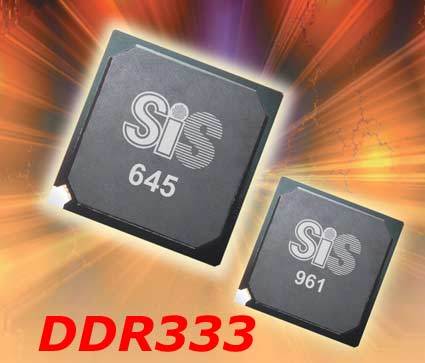SiS Kicks Off: 10 Motherboards With The 645 Chipset and DDR333
Introduction
SiS645 - Is Its Shadowy Existence Over?
Silicon Integrated Systems (SiS) is catching up with the competition. Though it had excellend performance, their 735 chipset for Athlon systems was unable to assert itself. But now, with the 645, the picture is changing. This time, all the popular manufacturers, such as Asus, Gigabyte, MSI and Soyo, have released products based on the SiS chipset, thus raising the company's hopes.
With the support for DDR memory at 166 rather than only 133 MHz, SiS is ahead of both Intel and VIA. The SiS645 was the first chipset to support DDR333 or PC2700 (these names are derived from either the maximum bandwidth, 2.7 GB/s, or the resulting clock speed, 166 MHz double-pumped results at the marketing-friendly 333 MHz).
The Pentium 4 is already pumped up with clock speed, so the next goal would be to increase the memory bandwidth. As shown in our first tests of Pentium 4 at 133/533 MHz Front Side Bus , by increasing the system clock, the performance gets a greater boost than when raising the core clock. Only the next Pentium 4 generation at 2.53 GHz or faster will know the true promise of this faster bus. Within the scope of overclocking features, this is already possible in part - but without a guarantee for stable operation, of course.
In order to get maximum performance from a fast Pentium 4 CPU, you should either go for a motherboard with Intel 850 chipset and Rambus DRAM (RDRAM), or stick with SiS and their 645 chipset with DDR333 support. Our chipset comparison from December 2001 showed that this chipset can definitely be compared with Intel's RDRAM flagship. This article takes a look at 10 models, and how they perform in practice.
Get Tom's Hardware's best news and in-depth reviews, straight to your inbox.

Patrick Schmid was the editor-in-chief for Tom's Hardware from 2005 to 2006. He wrote numerous articles on a wide range of hardware topics, including storage, CPUs, and system builds.
